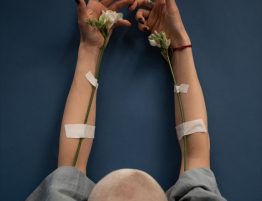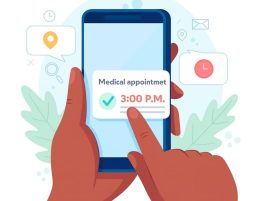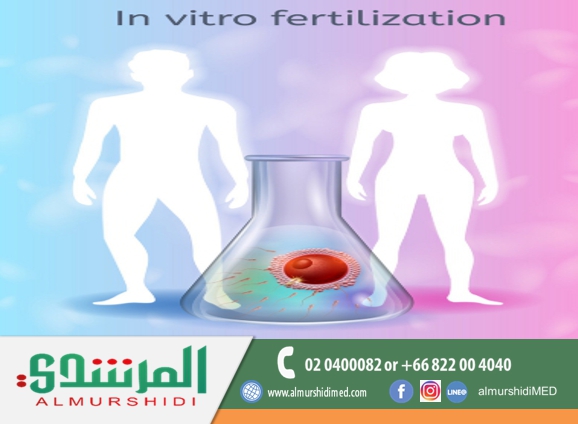
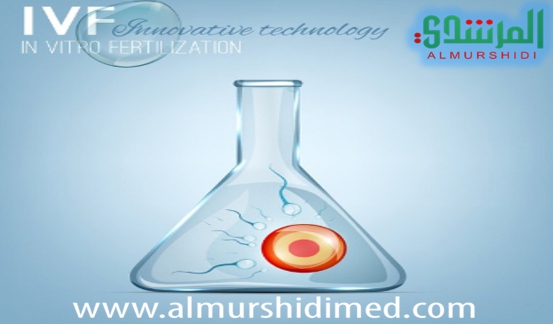
Make your dream becomes reality to have a complete family!
In Vitro Fertilization (IVF) is the process of fertilization by extracting eggs, retrieving a sperm sample, and then manually combining an egg and sperm in a laboratory dish. The embryo is then transferred to the uterus.
In vitro fertilization (IVF) helps with fertilization, embryo development, and implantation, so you can get pregnant.
HOW DOES IN VITRO FERTILIZATION (IVF) WORKS?
It’s one of the more widely known types of assisted reproductive technology (ART). IVF works by using a combination of medicines and surgical procedures to help sperm fertilize an egg, and help the fertilized egg implant in your uterus.
First, you take medication that makes several of your eggs mature and ready for fertilization. Then the doctor takes the eggs out of your body and mixes them with sperm in a lab, to help the sperm fertilize the eggs. Then they put 1 or more fertilized eggs (embryos) directly into your uterus. Pregnancy happens if any of the embryos implant in the lining of your uterus.
IVF has many steps, and it takes several months to complete the whole process. It sometimes works on the first try, but many people need more than 1 round of IVF to get pregnant. IVF definitely increases your chances of pregnancy if you’re having fertility problems, but there’s no guarantee — everyone’s body is different and IVF won’t work for everyone.
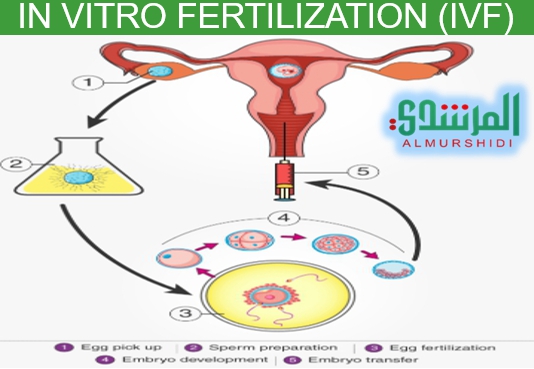
WHAT IS THE IVF PROCESS?
The first step in IVF is taking fertility medications for several months to help your ovaries produce several eggs that are mature and ready for fertilization. This is called ovulation induction. You may get regular ultrasounds or blood tests to measure your hormone levels and keep track of your egg production.
Once your ovaries have produced enough mature eggs, your doctor removes the eggs from your body (this is called egg retrieval). Egg retrieval is a minor surgical procedure that’s done at your doctor’s office or at a fertility clinic.
You’ll get medicine to help you be relaxed and comfortable during the procedure. Using an ultrasound to see inside your body, the doctor puts a thin, hollow tube through your vagina and into the ovary and folliclesthat hold your eggs. The needle is connected to a suction device that gently pulls the eggs out of each follicle.
In a lab, your eggs are mixed with sperm cells from your partner or a donor — this is called insemination. The eggs and sperm are stored together in a special container, and fertilization happens. For sperm that have lower motility (don’t swim as well), they may be injected directly into the eggs to promote fertilization. As the cells in the fertilized eggs divide and become embryos, people who work at the lab monitor the progress.
About 3-5 days after the egg retrieval, 1 or more embryos are put into your uterus (this is called embryo transfer). The doctor slides a thin tube through your cervix into your uterus, and inserts the embryo directly into your uterus through the tube.
Pregnancy happens if any of the embryos attach to the lining of your uterus. Embryo transfer is done at your doctor’s office or at a fertility clinic, and it’s usually not painful.
Plan on resting for the rest of the day after your embryo transfer. You can go back to your normal activities the next day. You may also take pills or get daily shots of a hormone called progesterone for the first 8-10 weeks after the embryo transfer. The hormones make it easier for the embryo to survive in your uterus.
Doctors can talk with you about any questions or concerns you have about IVF , contact us now at almurshidi.medical@gmail.com line/instagram: AlmurshidiMED / whats app: +66 822 004 040




